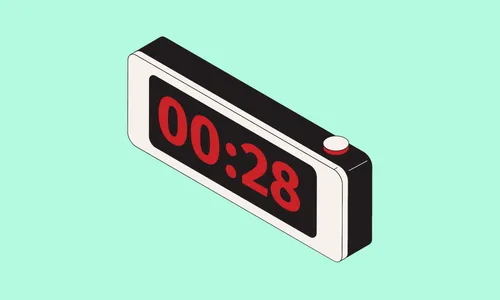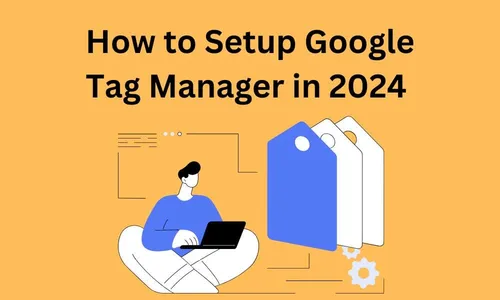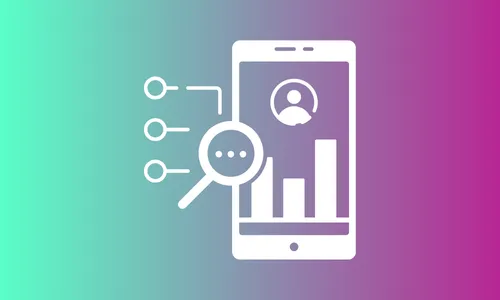Blog
-

Going Beyond the Build
Reflecting on a year of growth at Bluehouse Group, this blog explores the values of creating meaningful experiences, building connections, and embracing personal and professional transformation
-

How Countdowns and Their Intent Shape the User Experience
Learn why countdowns may not always meet your user experience goals effectively. Uncover real-world examples and valuable insights to better optimize how you use countdowns
-

Popups vs. User Experience: Finding the Sweet Spot
Learn how different types of popups affect user experience and discover best practices to minimize negative impacts while boosting conversions.
-

Strategies for Adapting to Major Software Changes on Your Website
Learn how to manage major software changes for your website. Discover essential tips on planning, testing, and monitoring to ensure smooth transitions and optimal performance.
-

How to Setup Google Analytics (2024)
Explore Bluehouse Group's step-by-step guide on setting up Google Analytics 4 to enhance your website's tracking capabilities and help you achieve your goals.
-

How to Setup Google Tag Manager in 2024
Learn how you can accelerate your analytics tracking with Google Tag Manager, streamline the implementation of custom data tracking codes without relying on developers.
-

A Guide to UTM Tracking (2023)
Follow our step-by-step guide to navigate UTM Tracking. Learn the ins and outs along with the best practices for creating UTM Tracking codes in 2023
-

A Day of Gaming at Bluehouse Group - Extra Life 2023
Bluehouse Group is gaming all day on November 4th to raise money for UVM Children's Hospital through Extra Life. Learn more about our plans and fundraising goals!
-

Bluehouse Group’s Custom Software Development Process
Bluehouse Group reveals our two-phase approach, starting with a Discovery & Design phase, followed by a Development & Launch phase. This ensures cost-effective, high-performance software.
-

UX/UI Design Jam - Burlington VT Open Data Portal
Every month Bluehouse Group hosts a UX/UI meetup in Burlington, Vermont. For Fall we ran a Design Jam helping the City of Burlington with an open data portal website.
-

5 Software Development Myths and Misconceptions
Bluehouse Group debunks the myths and misconceptions surrounding software development to provide an accurate understanding of the industry for prospective partners
-

MVP or Prototype? A Guide by Bluehouse Group
Discover how Bluehouse Group can bring your vision to life with either a Minimum Viable Product (MVP) or a prototype. Learn what is the best solution for your idea